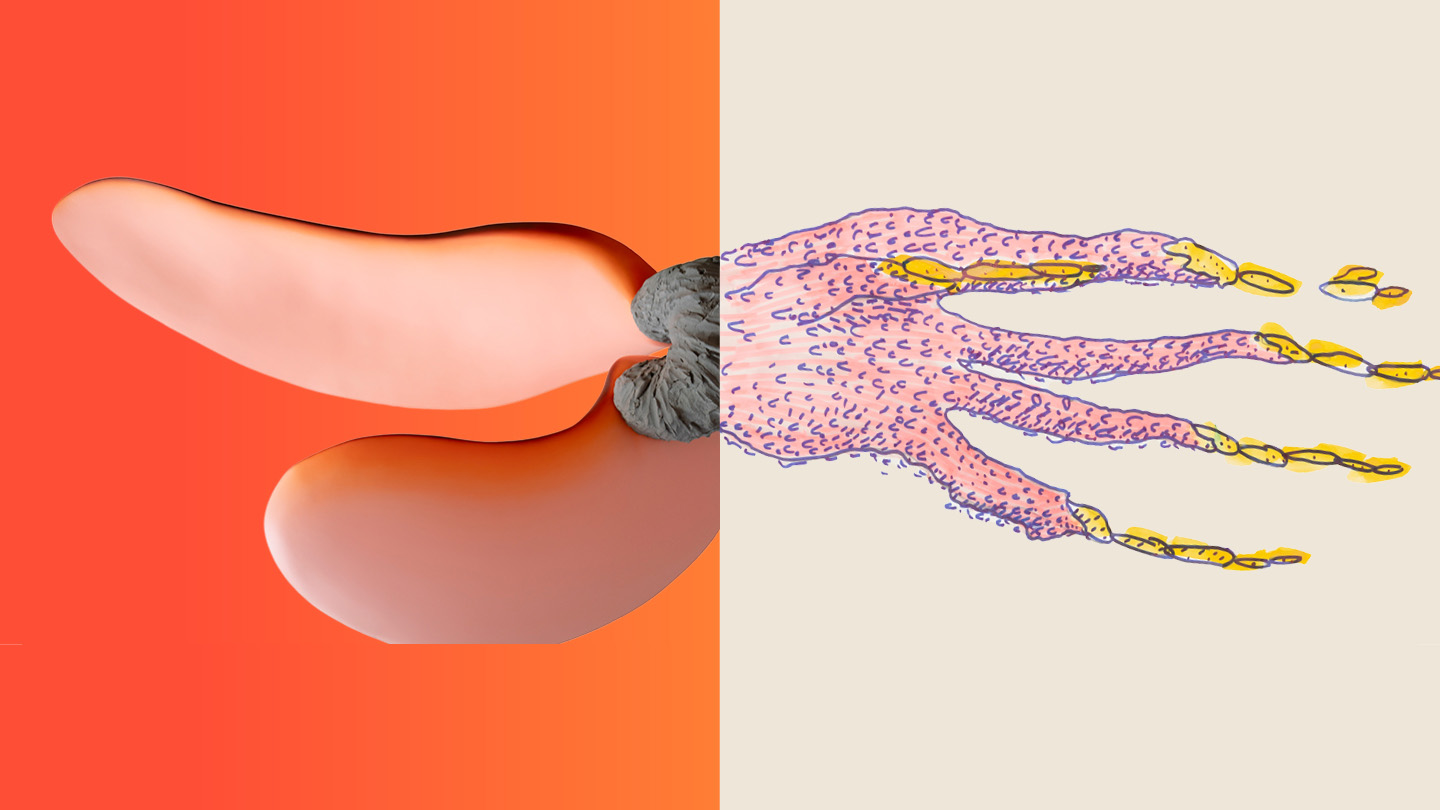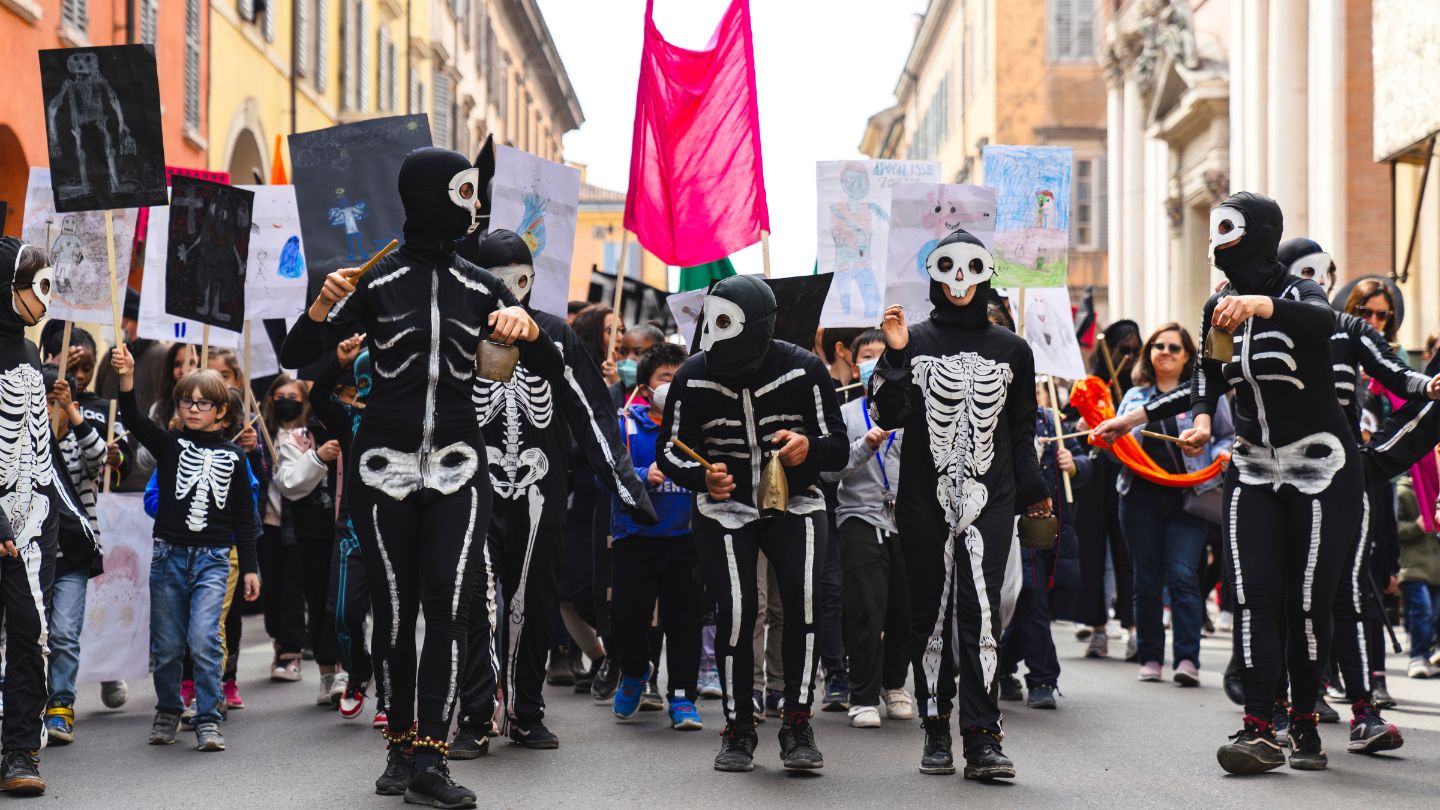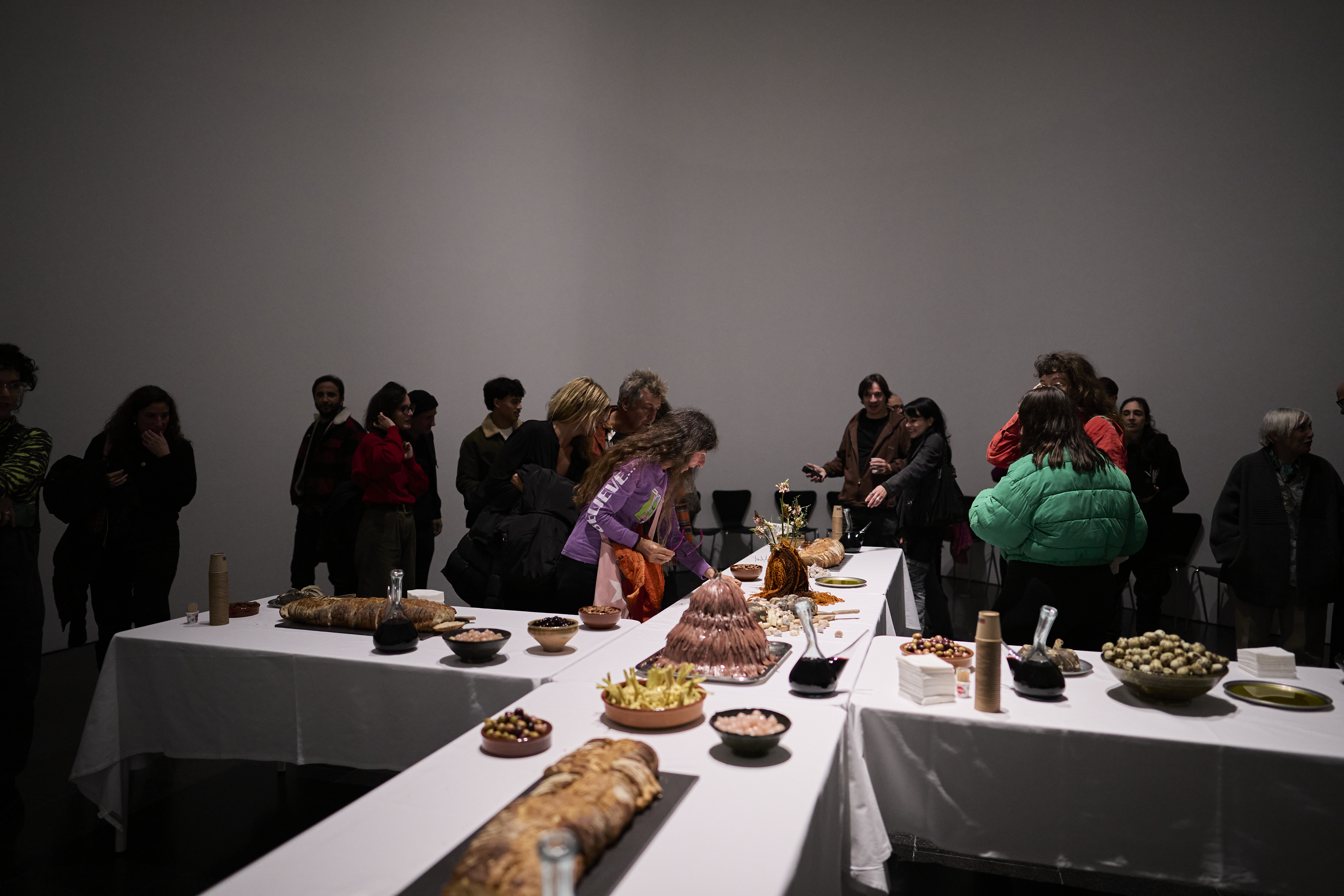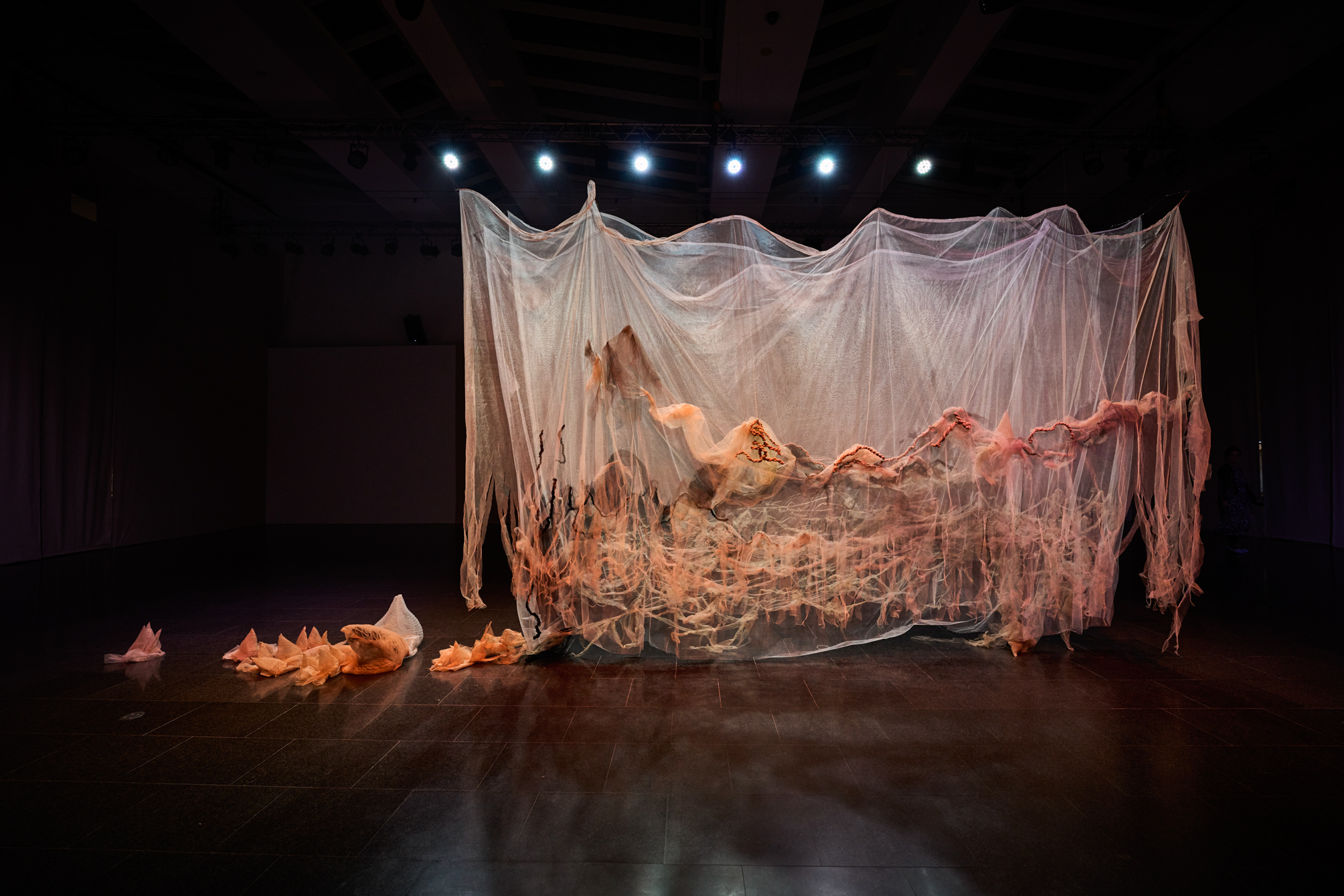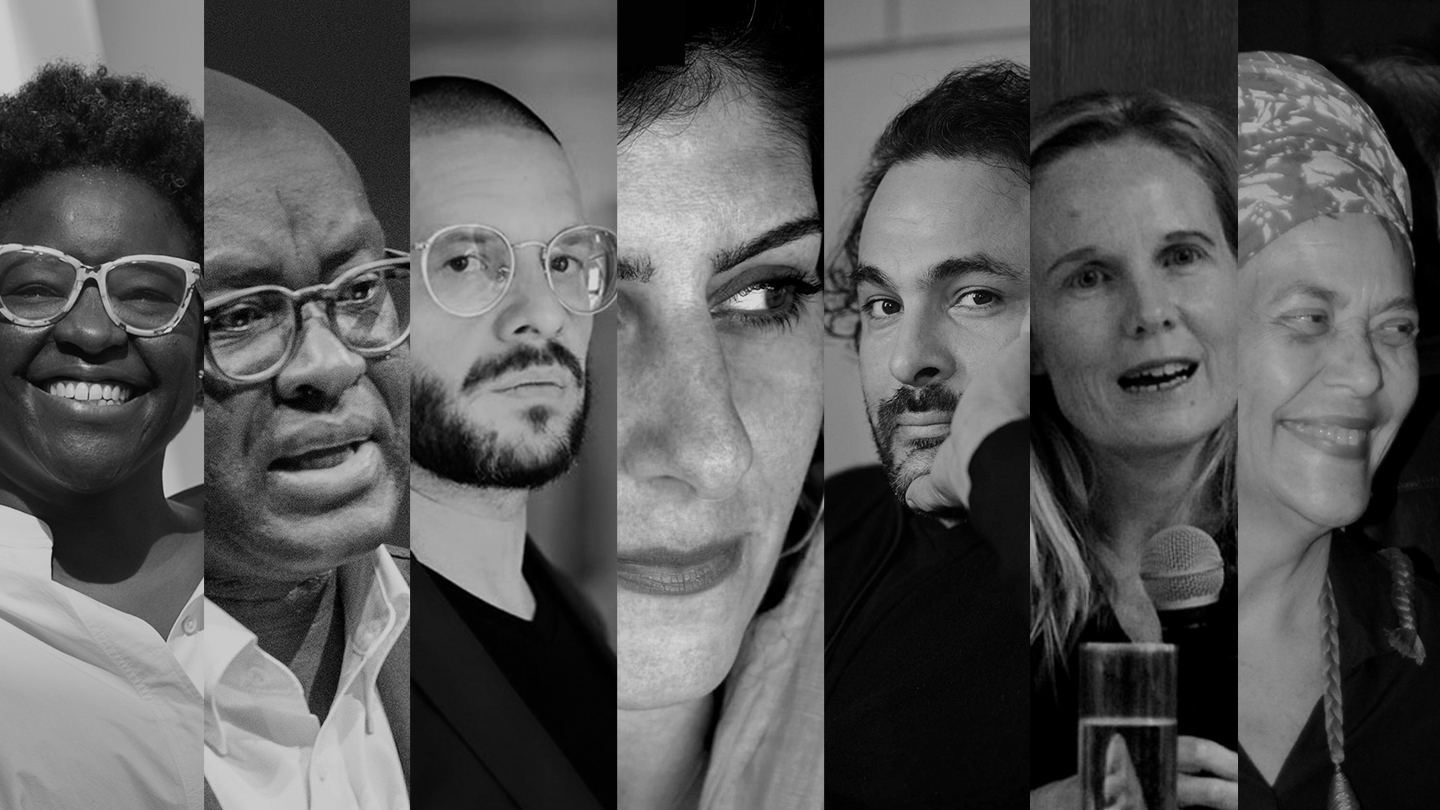From October 5, 2018
MACBA. Auditori Meier
Barcelona 08001
Spain
macba@macba.cat
This new display offers a chronological path through the MACBA Collection from 1929 to the present. In 1929 Barcelona hosted the International Exposition. Mies van der Rohe, in collaboration with Lilly Reich, designed the German Pavilion or “Barcelona Pavilion.” On the initiative of Josep Lluís Sert and Josep Torres i Clavé, the GATCPAC (Group of Catalan Architects and Technicians for the Progress of Contemporary Architecture) was founded. André Breton wrote the Second Surrealist Manifesto. In Paris, a group of abstract artists led by Joaquín Torres-García and Michel Seuphor founded Cercle et Carré. The same year, the Museum of Modern Art (MoMA) opened in New York and Virginia Woolf published her feminist essay A Room of One’s Own. This is the cultural context that initiates the new presentation. It includes many key works in a series of rooms devoted to emblematic moments or decades. Curated by the MACBA team, special attention is given to the changing presentations and experiences of art through these nine decades or “short century.”
The presentation is designed to tell the history of modern and contemporary art through the particular perspectives, politics and themes developed in the MACBA Collection since its inception. It is also a history presented specifically from the perspective of Barcelona. Thus, dates such as 1929, and the chapters shown thereafter, are rooted in the city. The Barcelona Pavilion, an emblem of international utopian modernism was itself the reason for a visit to Barcelona by the Bauhaus artists Josef and Anni Albers. The transformation of the city and its engagement with modernisation is examined in dialogue with the work of early modernists Alexander Calder, Joaquín Torres-García and Alberto, among others.
Subsequent rooms deal with the Spanish Civil War as also a war of images and propaganda, and the post-conflict advent of a new generation of artists who explored the tensions of the aftermath and dictatorship through divergent languages of abstraction. This first iteration of the displays has at its heart a room focused on the protests and politics of 1968, in its 50th anniversary year, and 1975, when the Spanish dictator Franco died. During these years, Catalan artists explored satirical and politicised Pop and Conceptualism, either in clandestine forms or as exiles in Paris and New York. The work of artists such as Miralda, Joan Rabascall and Eulalia Grau is placed in dialogue with their international peers, who are also represented through the examination of urban space.
The impact of feminism from the 1970s onwards, and identity politics from the 1980s on, is told through important works, including Jenny Holzer’s Inflammatory Essays and Jean Michel Basquiat’s iconic paintings King Zulu (1986) and Self Portrait (1986). The 1990s are seen as a time of the examination of themes of memory and trace through the absent body in imposing sculptural or installation works by figures including Christian Boltanski and Jana Sterbak.
The final rooms bring us up to date with the predicament of humanity in the era of globalisation, the capitalist system, unequal power relations and how artists have addressed immigration in their work, through the juxtaposition of images from Allan Sekula’s series “Methane for All” (2008), documenting the various waterfront industries in Barcelona, Carlos Aires’s Black Sea (2013) which uses fragments of wood from old boats and migrant’s vessels, and The Otolith Group’s Hydra Decapita (2010), acting as an epilogue.
Stories of the city, its past and present, are therefore interwoven with the significant developments in the history of modernism and contemporary art. While this new presentation of MACBA’s collection aims to display its highlights alongside lesser known works, the collection overall is revealed to be a very particular one, facilitating a critical and non-hegemonic view of modernism and the project of modernity. Over time and at different moments, the displays will change through both minor and major modifications, thus offering a plural and dynamic presentation.



